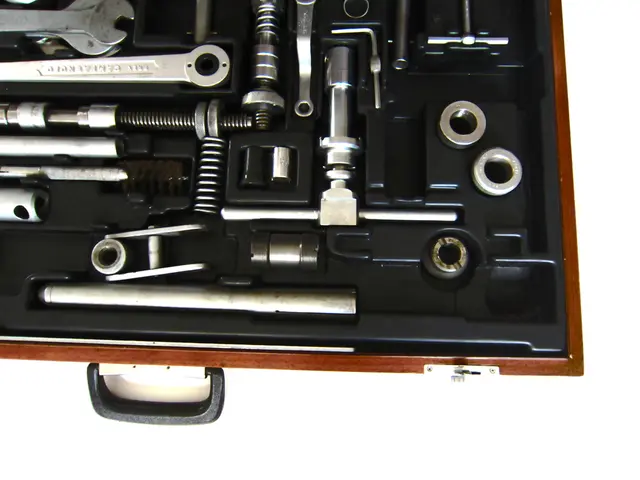U of M & ASU Launch Center for Digital Twins in Manufacturing
The University of Michigan and Arizona State University are joining forces to launch the Center for Digital Twins in Manufacturing. This new initiative aims to overcome current barriers and enhance the use of digital twins in manufacturing processes.
Digital twins are computer models that mirror real-world devices, updating to match their current state. However, their implementation in manufacturing has been hindered by a lack of standardization, with most twins being device-specific. The new center plans to develop generalized digital twins that are reusable, extendable, and maintainable.
To achieve this, the center held an informational meeting with industry representatives to discuss its goals and operations. Dawn Tilbury, the center's leader, envisions digital twins that are composable, reusable, and easy to maintain. The center's plans include quantifying and reducing uncertainty in digital twins, developing twins for human-robot collaboration, using digital twin software for simulation and 'what-if' analysis, and creating autotwin software.
The center will launch as an Industry-University Cooperative Research Center, funded by the National Science Foundation (NSF) and industry partners. Industry partners will contribute annual dues of $90,000 to fund research projects, with the NSF providing $1.5 million over 5 years for administrative costs. However, no specific industrial partners have been named at this time.
The Center for Digital Twins in Manufacturing, a collaboration between the University of Michigan and Arizona State University, seeks to revolutionize the use of digital twins in manufacturing. By addressing standardization issues and expanding digital twin capabilities, the center aims to improve manufacturing processes and reduce uncertainty. With funding from the NSF and industry partners, the center is poised to make significant strides in this field.
Read also:
- Emergency services of the future revealed by Renault with the introduction of the Vision 4Rescue vehicle.
- Inverness & Cromarty Firth Green Freeport to Create 11,300 Jobs, Attract £6.5BN Investment
- Artificial Intelligence Shaping Political Campaign Advertisements
- European consumers are on the brink of experiencing a significant leap forward in electric vehicle (EV) charging technology, as Chinese automaker BYD prepares to unveil its innovative advancements.








